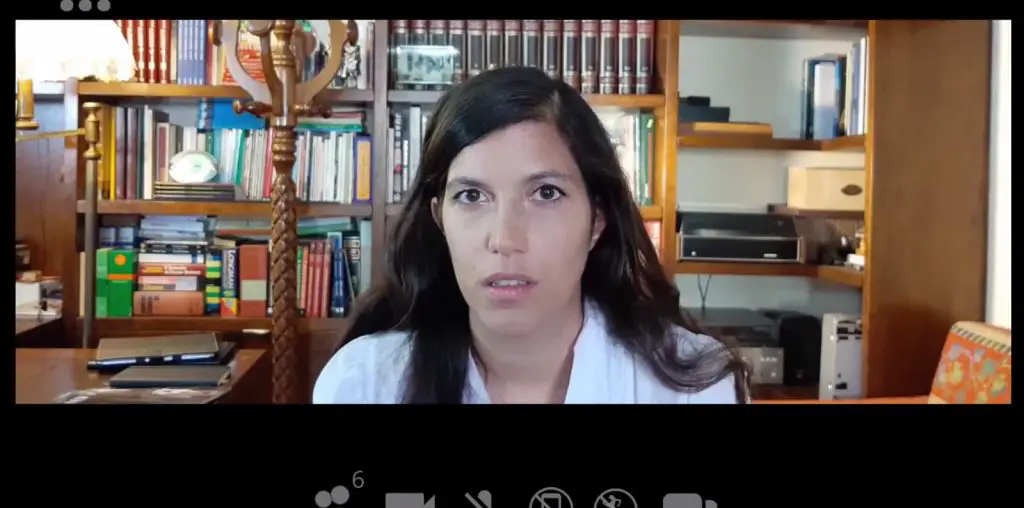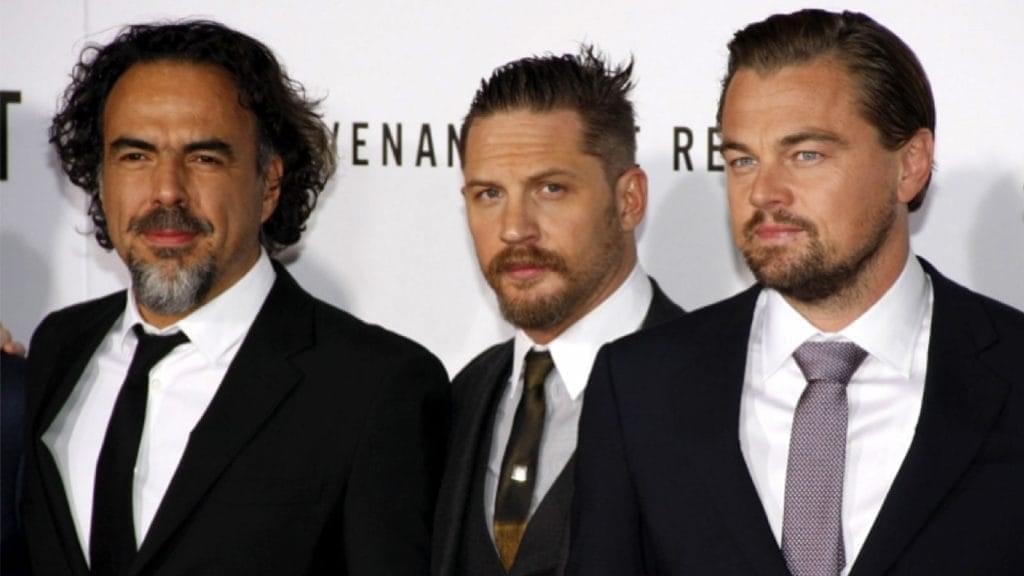
Many reviewers appear confused or at least forgetful in their attempt to place this documentary in its proper historical context. The Hollywood Reporter’s Kirk Honeycutt is typical of the memory challenged, writing that “This Is It” “can be called the first concert rehearsal movie ever.” Um, Kirk, maybe you’ve heard of a little film called “Let It Be”?
The pictures share a number of similarities. Both shed light on the creative process of hugely influential artists. Both take the viewer behind the scenes as they rehearse for upcoming London concerts. In both cases, though for dramatically different reasons, those concerts never took place.
The differences between the movies underscore the ways in which “This Is It” fails to satisfy, the degree to which it amounts less to a significant artistic record than to an intermittently diverting curiosity. For one thing, the Beatles were still creatively active at the time of filming and the cameras caught them in the act of making some of their final music, imagining immortal songs, bar by bar into existence. Jackson, on the other hand, was merely prepping a greatest hits revue.
Shot at Los Angeles’ Staples Center between April and June this year, the footage documents rehearsals for the performer’s planned 50 show farewell extravaganza at London’s O2 Arena. Following his death on June 25, the value of the 120-plus hours of high def video was quickly realized by insiders and, while the rest of us were waiting for toxicology results to come in, members of Jackson’s camp were busy taking bids from salivating studio execs.
Sony paid a reported $60 million for the footage. The question then was what to do with it. It couldn’t be cobbled into a concert film; there was no concert. Likewise, it didn’t contain the raw material necessary for a traditional documentary; conspicuously absent are anything resembling interviews with the film’s star or glimpses into his life outside the rehearsal hall.
The decision was made to call in Jackson’s stage show director, Kenny Ortega, and let him figure it out. The result is an often slapdash stitch job focusing on the collaboration between the two friends. Ortega is as much costar as filmmaker here, conferring with the singer on cues, translating his often oblique instructions (“let it simmer”) to the band and generally doing yes-man duty as Jackson issues edicts pertaining mostly to minor production details.
While it does reveal a performer in apparent fine spirits and good shape, the film is hardly a portrait of a visionary glimpsed “in the feverish grips of pure creativity” (Honeycutt) or “a spirit embodied by music” (Roger Ebert). No new music is created, Jackson’s dance moves are familiar, and he deliberately saves his voice during run-throughs so there are no soaring vocals. On only one or two numbers – “Beat It,” for example – does he attempt to match the energy of his back up band.
You have to wonder how ho-hum the other hundred plus hours of footage must have been for Ortega to devote as much time as he does to kitschy short videos he intended to intersperse throughout the live show. A particularly hokey one, set to “Smooth Criminal,” inserts a fedora-sporting Jackson into vintage black and white footage and features a machine gun shoot out between the singer and Humphrey Bogart. This is the kind of thing we expect from Billy Crystal in an Oscars opening montage; not from the King Of Pop’s triumphant return from self-imposed exile.
Bottom line: the spectacle he was preparing may well have provided Jackson with the appropriate note on which to close his long, controversial career. This, however, I think even die hard fans will concur, isn’t it.

